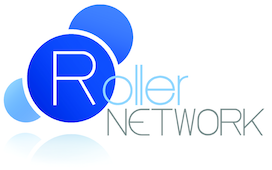On a semi-regular basis we receive a call or email for help because something has happened to someone’s email: messages were accidentally deleted, their mail server had a config change and rejected everything or accepted and silently discarded messages. Although we do maintain disaster recovery backups, we charge for staff time hourly to try and find and restore a few files without any guarantees to how far back we can look, and that’s only for IMAP; with POP3 the client can remove messages as they are received which never make it into a backup window. Then there’s the SMTP queue: the queue is constantly changing, but since we’re not secretly storing copies of messages just in case, there’s almost no chance to recover anything. In the end, the messages are gone and there’s no simple way to recover them, if at all.
That’s where the Mail Mirror feature comes in. included with every account. A mail mirror uses hosted mail boxes to store copies of messages that pass through our system. Mail Mirror allows you to define addresses or domains to “mirror” to a hosted mail box by storing a copy for backup or emergency access purposes. It uses the independent storage of a normal hosted mail box, which is not affected by the constantly changing mail queue. Once a message goes into a mirror it remains there until it expires based on how long you configure it to keep messages or is manually deleted by logging into the mirror box. This way, a mirror is self-maintaining and won’t keep growing in size. Mail Mirror is available to all accounts and only counts as hosted mail box storage, but for it to work it needs to be enabled before there’s a problem, not after.
Mail mirroring works with all types of mail configurations. You may never need to access your mail mirror, but just like insurance, it’s there just in case.
We’ve also posted a topic to our forums for any questions or discussion on this feature: Mail Mirror – A Helpful Safety Feature
